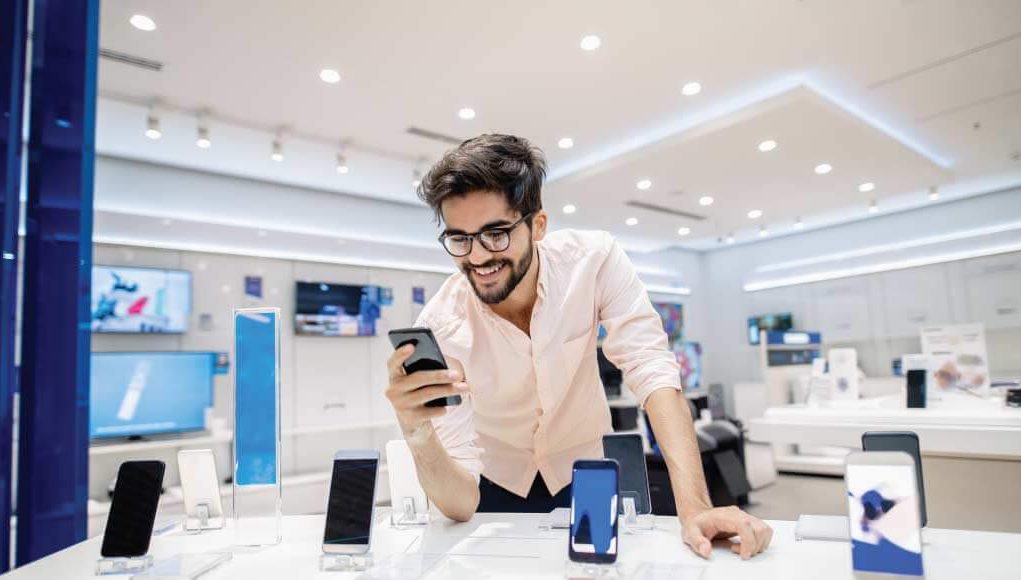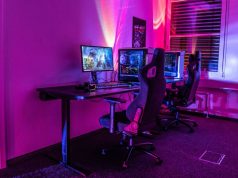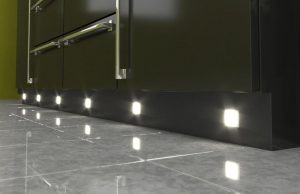When you enter a store, whether it’s a clothing boutique, a candy shop, or a small mart, the gears in your mind subconsciously starts turning, judging everything you feel, see, and hear. This may come as a surprise for you, but a store’s visuals, particularly its lighting, can hugely impact a customer’s behaviour and its retail sales!
Some of you may not be convinced with this claim and may say that there are other factors that need to be considered. However, studies have shown that both the contrast and colour temperature of lighting can influence a customer’s attention and stimulation. In fact, contrast alone can affect one’s intention and pleasure!
In a particular experiment and analysis done in an electronics retail store, it was discovered that subjects of the research have a higher level of attention and stimulation in a high-contrast lighting scheme with a cool colour temperature. Approach intention and pleasure were also seen with the subjects in the same environment.
Of course, there will be a difference depending on the retail setting, the brand represented, and the products and services provided. So, when lighting a retail store, you should not put these factors aside. Instead, strike a balance on the lighting that will identify with your brand and how it can lead your customers towards your desired action, primarily heading over to the cashier to pay for your products!
What should you have in your lighting plan?
When designing your store’s lighting plan, you need three lighting layers to create a functional and comfortable environment. These three include:
Ambient Lighting
This layer does, just as it implies, set the ambience. Ambient lighting creates the mood of your store and lets the customers know how to feel once they enter. It mainly provides sufficient visibility without trading off the mood you want to form.
A carefully crafted ambient lighting design usually includes ceiling and/or wall fittings that distribute lighting widely and fill the space with brightness. Sometimes, you may want a more supple ambient lighting, while other times, you may need it to be softer.
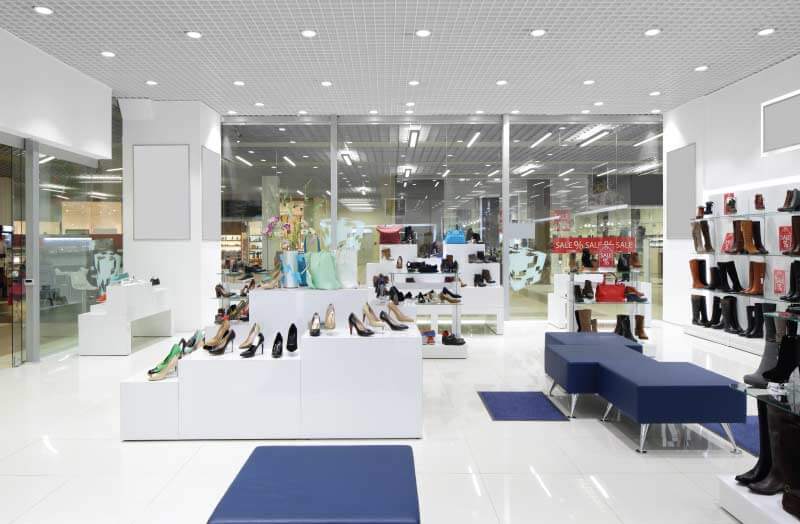
Accent Lighting
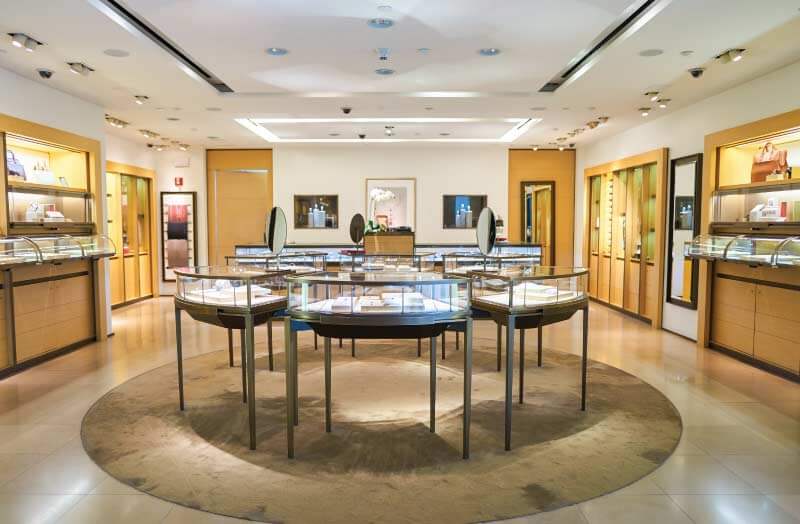
High-Activity Lighting
High-activity lighting is the most common layer in retail stores. It aims to illuminate any shadowy spots and dark corners in the space that can potentially lead customers to miss products and create an uninviting atmosphere. High-activity lighting is made up of various fittings to ensure that the area is exceptionally bright.
LED or Fluorescent: Which bulb should you use?
Before, many retail stores relied heavily on fluorescent lights to illuminate their product. However, as technology progressed, many retailers have converted to LED lighting. LEDs are more cost-effective and energy-efficient compared to fluorescents, and more store owners are seeing its advantages! Also, it’s compact, bright, and can illuminate specific areas – all the qualities you need for lighting a retail store.
Another reason why LEDs are becoming the go-to for most retailers is that they have many varieties. You can get one that looks like a filament bulb but is integrated with an LED chip. Also, you can choose from different colours, colour temperatures, finishes, and styles, making it easier for you to finish the interior design of your shop.

How to create a visual hierarchy?
Retail lighting should focus on creating a contrast to make perception easier and amplify levels of attention. Because of this, you need to have multiple lighting fixtures and create different layers to guide your customers’ attention towards your products. Also, sufficient illumination will make it easier for people to see what you’re selling and read the details comfortably.
Why don’t you try creating shadows (but don’t go over the top!) and use spotlights to emphasise the products on your most essential shelves? Also, be strategic in mounting your lights to direct your customer’s gaze to where you want them to fixate!
In addition, make sure that you don’t leave out lighting your store’s window to entice customers to come in. You can use pinpoint accenting to stress perceived contrast. Even low brightness levels are good enough at night and when daylight is shying away from your store. Keep in mind that high contrast in window displays is an excellent way to catch the attention of passers-by. If you ignore this and keep that part of your store dark, no one will notice your shop!
There you have it! Now that you know the value of lighting to your stores, it’s time to revamp if you haven’t tried any of these tips. You never know; you might be shocked by the difference in your sales before and after your makeover! If you need more information on retail lighting, you can check out our article on 5 Tips in Lighting Retail Stores. Also, if you don’t know where to get high-quality LED lights for your renovation projects, go to our website, Simple Lighting! We have an extensive collection of commercial lights, indoor lights, and outdoor lights!


